Marin Buga had just turned 11 on July 5th, 1949, when a round-up of families began in his village of Mereni in the Moldovan countryside. His name was not on the authorities’s list – but his grandfather’s was.
At the last minute, local enforcers added Buga’s parents, along with their children who were aged 15 to six months, to the list to ensure their property was included in the public farm that was being created under Joseph Stalin’s policy of forced collectivisation.
Three generations of his family were packed into wagons and transported more than 5,500 kilometres away to the labour camp of Sosnovka in Siberia, part of the vast gulag system used to repress all potential political opposition to the Soviet state.
“There were women, old men, children from all the villages,” Buga recalled of Operation South, the deportation of a 35,796 people, according to Moldovan estimates, to force through collectivisation.
The numbers of those affected have come to light only in recent years as KGB archives were opened and the figures are still contested. According to lists published by Moldova’s National Archives Agency, a third of those deported were children.
“The youngest sister was six months old when we started and I don’t know how God took care of her,” Buga told his interviewer. “There were many cases of death – small children – because they do not adapt to such conditions.”
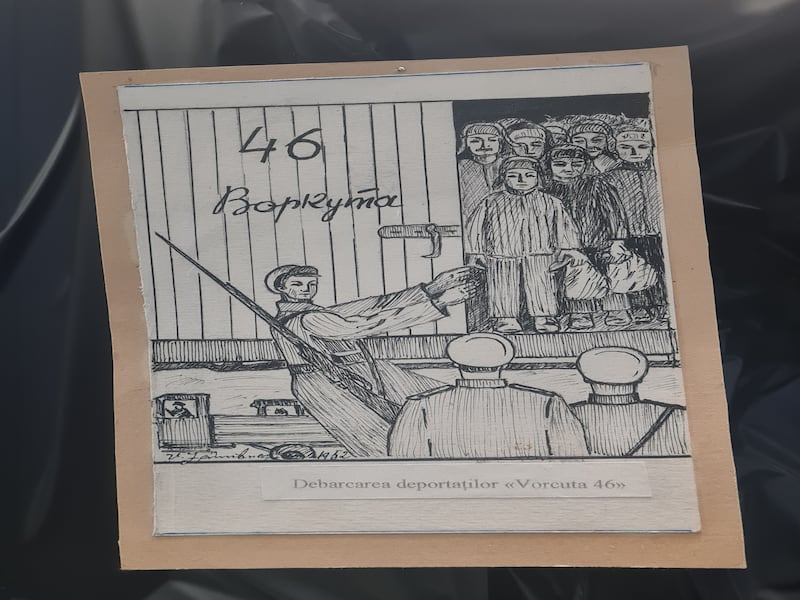
Buga’s oral history was collected as part of efforts to preserve a historical record of the deportations and mass repressions that took place in Moldova during Soviet times.
Intellectuals, teachers and prominent community leaders were targeted in a bid to stamp out national movements and create political conformity within the Soviet Union, alongside language policies to favour the use of the Russian language and enforce the Cyrillic script.
Historian Ludmila Cojocaru is one of a team of people who spend their evenings and weekends in a race to collect the testimonies of survivors before they pass away.
[ Ukraine war alters Russia’s leverage over MoldovaOpens in new window ]
“Time is the most serious enemy for us,” she told The Irish Times.
Dr Cojocaru has interviewed hundreds of people since the project began in 2014 and has overseen the compilation of their stories into “memory archives”.
“I dreamed their stories for several years,” she recalled. “Because, during the day, I was working with them. In the evening, I was working transcribing. Their voices were everywhere. During the nights, it continued, you know.”
For a long time, the value of oral accounts was dismissed as a way of preserving history, particularly when it comes to people who were children at the time.
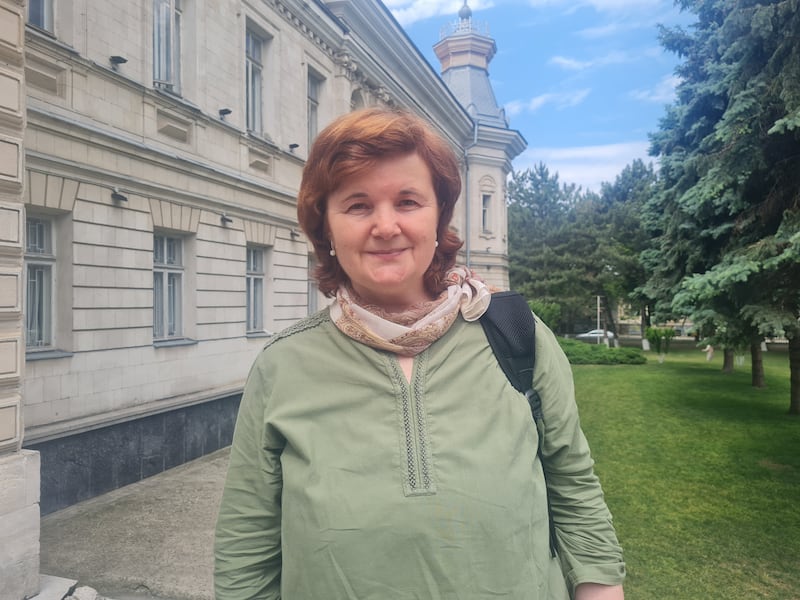
Dr Cojocaru has found the contrary, however, that memories formed in traumatic circumstances proved to be extraordinarily precise.
“Their memory is so vivid. The details they are offering to us are like a picture,” she said. “The print of their mother’s dress when she was beaten by the soldiers, the flowers from the garden – so many details.”
She spoke at an exhibition showing artefacts of the era at Moldova’s Museum of Victims of Political Repressions and Deportations, located in the basement of the national history museum in the centre of the capital, Chisinau. On a sunny Saturday morning this month, a steady stream of local visitors trooped in and out.
One cabinet shows lists of requisitioned property from the period of collectivisation. “Chairs: two,” one reads. “Cows: two. Fabric loom. Rake.”
Another shows seized subversive material found in the KGB archives such as a protest banner scrawled on cotton and a picture of the Romanian king and queen cut from a magazine.
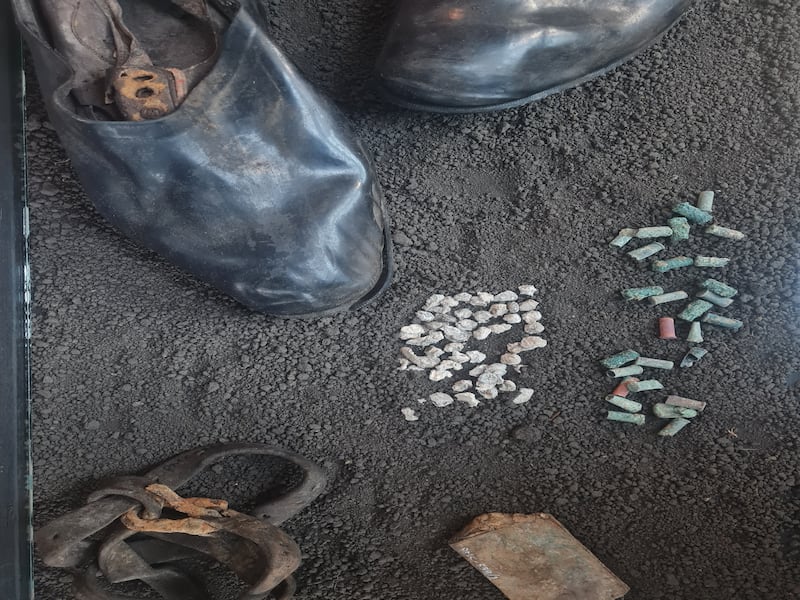
The grimmest exhibit displays items found in a mass grave from the Great Terror of 1937-38, a campaign by Stalin to solidify power that led to the arrest of an estimated 6,947 people in Moldovan areas, of whom 4,886 were sentenced to be shot.
The items look like crime scene evidence: bullet casings, hand-bindings, false teeth. A multitude of cups and spoons, which people would usually take with them to prison, suggest that the victims were caught off guard.
The grave was excavated near Tiraspol, a region that was part of the Moldavian Autonomous Soviet Socialist Republic between 1924 and 1940 before being folded into larger Soviet Moldova. Today, it is controlled by breakaway pro-Russian separatists as the self-declared republic of Transnistria. Co-operation between historians across the divide allowed for the exhibit to go on show.
Papers found inside wallets in the grave allowed some bodies to be identified and returned to their families. Dr Cojocaru travelled into Transnistria to interview the sole surviving member of one family, who held a burial ceremony for the remains under Orthodox rites.
“She was very touched that someone was still interested in what happened, asking her what she can remember,” Dr Cojocaru recalled.
The name of the exhibition is “Soviet Moldova: Between Myths and the Gulag” and is designed to juxtapose Soviet propaganda images with family photographs of those deported and arrest and execution warrants, with the aim of questioning the Soviet narratives that retain a powerful sway in the region.
Dr Cojocaru points to a photograph of people lined up in rows in a workplace.
“This is a happy life. But go in behind the propaganda picture. I can tell you this,” she points to a man in the back row. “He was killed a few months after the picture was made.”
The interpretation of history remains highly politically contentious in Moldova. An initial outpouring of commemoration of those who suffered during Soviet repressions after it won independence from the Soviet Union in 1991 receded when communist governments came to power in the 2000s.
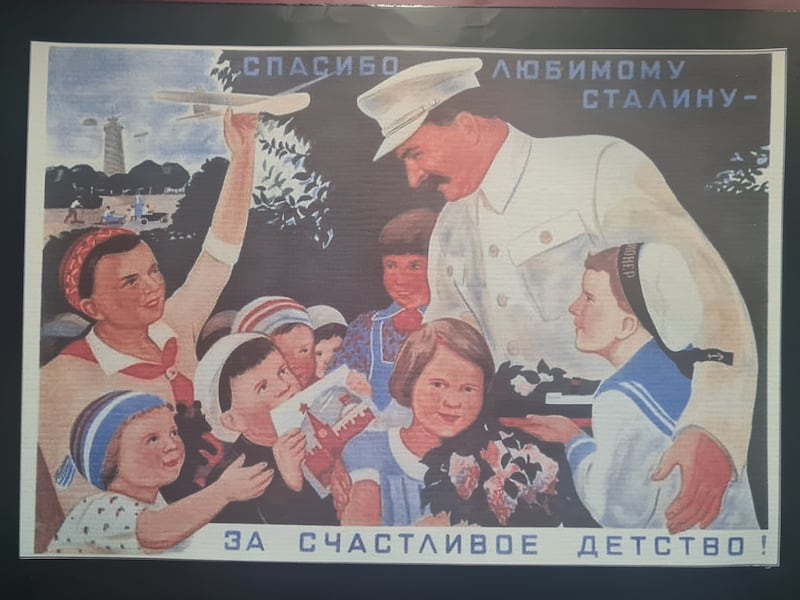
Unlike in Transnistria, which is sometimes described as an open-air Soviet museum and where tourists can enjoy Soviet nostalgia tours and visit the Back in the USSR canteen, many public monuments to Soviet history in Moldova have been removed. Chisinau’s Lenin Avenue was renamed after the medieval king Stephen the Great.
A version of the past, anchored in remembering the Soviet Union’s appalling losses in the second World War as it beat back the Nazi army, has a powerful appeal and is a core part of the identify of a minority in many former Soviet states, however.
This history remains politically potent and played a role in Moscow’s justification for its invasion of neighbouring Ukraine, which was built upon nostalgia for Soviet resistance against Nazi Germany and the idea that Russians would once again have to take up the mantle to “liberate” Ukraine.
Following Moldova’s independence, a vast monument to communist leaders featuring statues of Lenin and Karl Marx was relocated from outside government buildings and now stands in a car park on the outskirts of Chisinau.
On a visit this summer, bemused Polish tourists debated whether such statues should be preserved as part of history or destroyed.
“For me, he is a murderer,” Martyna Sekula (28), a doctor from Warsaw, said of Lenin. She had just returned from a trip into Transnistria that she described as a kooky flashback to her parent’s time.
Soviet nostalgia, she said, is “an illusion that most old people have about their younger lives”.
“They were beautiful, not fat, and they had all their lives in front of them so, now, they remember it as a better time,” she said.
“You can remember without the monuments of the murderers,” she added. Under the bust of Marx, someone had left flowers.
Outside government buildings, where the communist monument once stood, is a stone with a plaque that reads: “In this place will be built a monument in memory of the victims of Soviet occupation and the totalitarian communist regime.”
But the promise remains hotly contested and plans for the memorial have not progressed. The pro-Russian opposition leader Igor Dodon once vowed to turn the stone into gravel and use it to pave the roads of Chisinau.
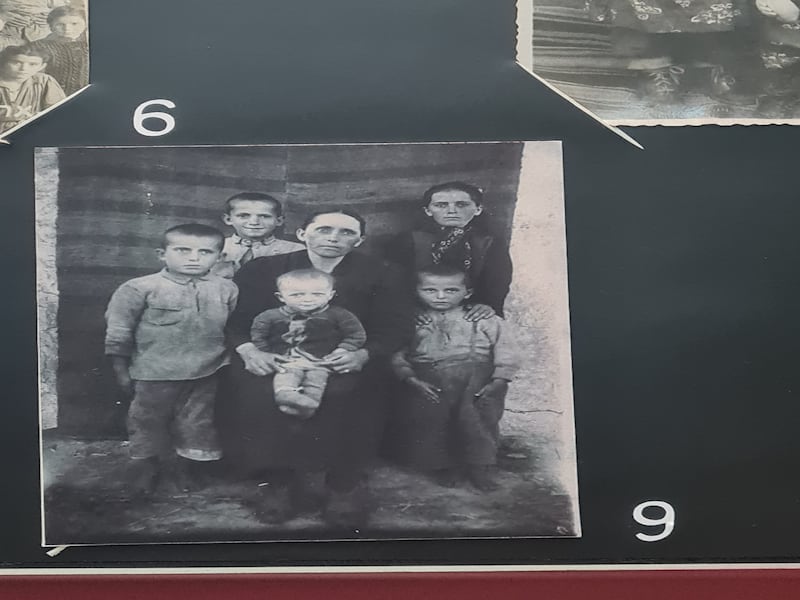
The Buga family were allowed to leave the gulag in 1956 after the death of Stalin allowed the repressive system to ease. In a sense, however, they never came home.
On returning to their village, they found their home had been made into a chicken farm. In the 1990s, the family was “rehabilitated”, a partial form of pardoning that removed some of the stigma of being a deportee. But, they never got back the farm.
In the 1980s, Buga journeyed back to visit the Siberian encampment where he had spent much of his childhood. He wanted to visit his grandfather’s grave, which he had dug himself as a young teenager, building a fire so he could cut through the frozen earth with an axe.
He found people from the labour camp still living there, including a Moldovan-Ukrainian couple he had known.
“They wept for the longing to come home,” he recalled. When he asked them why they stayed, they told him they couldn’t leave the graves of their two sons.
Part of Dr Cojocaru’s aim in documenting the stories was to prevent a repeat of the atrocities of the past, and she is horrified by the return of violence to the region, particularly the deportations of Ukrainian children. “Perhaps our voice was not loud enough.”


















